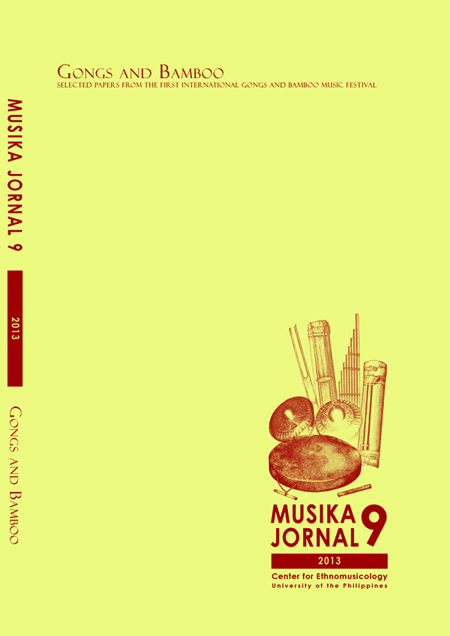Bamboo Bridges : Vocality and Human Temporality in Balinese Flute Playing
Abstract
Balinese bamboo flutes, collectively known as suling, have maintained their central role in Balinese orchestral and chamber music despite rapid expansionism in, and the privatisation of, Indonesia’s post- Suharto media. As an archaic instrument that has, organologically, changed little since Bali’s pre-modern era, suling have retained relevance and quite remarkably, bridged generations. Yet despite this continuity of presence, the specific vocality of each inheriting generation has approached such elements as timbre, melodic idiom and embellishment with varying, and often-contradictory results.
This paper surveys suling playing across forty years of gamelan recordings, mapping changing approaches in vocal and suling style. I examine the significance of such elements as vibrato, embellishments, gang and choral singing including the relatively recent compositions that feature seven-tone, multi-suling harmonies. From large hanging gongs to the smallest bronze metallophone, Balinese gamelan moves in musical time with piston-like precision. I observe that suling has a malleable musical affect upon the aural perception of rigid, quadratically organized subdivisions in the predominantly percussive orchestral sonority of gamelan music. Using Tenzer’s (2006) periodicity typologies, I survey the stylistic output of suling across temporal and genre boundaries to explore how both improvised and formulaic melodic realizations reflect generational tendencies and tastes in music.


